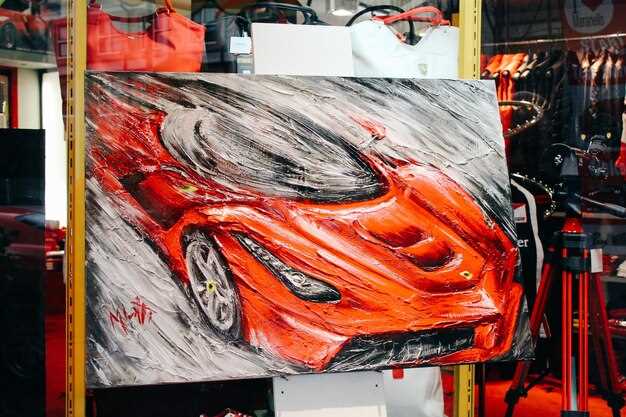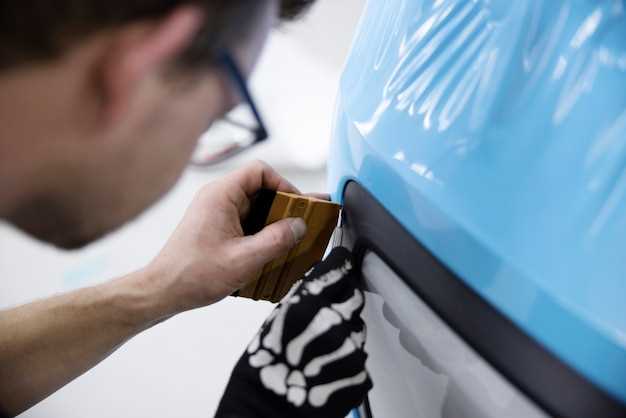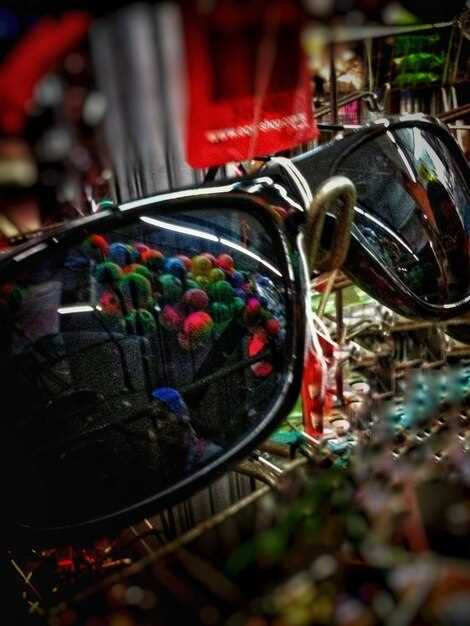
When it comes to personalizing motorcycles, custom graphics are a key element that can transform an ordinary ride into a unique piece of art. The art of painting motorcycle panels involves a variety of techniques that not only focus on aesthetics but also ensure durability and quality. Understanding these techniques can empower enthusiasts and professionals alike to create standout designs that reflect their individual styles.
The process of applying paint to motorcycle panels requires careful preparation and execution. From selecting the right materials to mastering application methods, each step plays a crucial role in achieving a flawless finish. Techniques such as airbrushing, stencil work, and freehand painting offer different avenues for expression, allowing for creative freedom while adhering to practical considerations of motorcycle design.
In this article, we will explore various custom graphics painting techniques specifically suited for motorcycle panels. We will discuss the tools needed, the step-by-step processes for each technique, and tips for ensuring that your designs are not only eye-catching but also capable of withstanding the rigors of riding. Whether you’re a seasoned painter or a novice looking to start your journey, these insights will provide valuable guidance for your next project.
Selecting the Right Paint for Motorcycle Bodywork

Choosing the appropriate paint for your motorcycle’s bodywork is crucial in achieving a stunning custom look while ensuring durability and protection. The first step is to consider the type of paint that best suits the material of your motorcycle panels, which are often made from fiberglass, plastic, or metal.
One popular option is urethane paint, known for its excellent adhesion, flexibility, and resistance to fading and chipping. It is ideal for custom designs since it can withstand various weather conditions while maintaining vibrancy. Another option is acrylic enamel, which offers a simpler application and fast drying times but may require additional clear coats for enhanced protection.
For those looking to create intricate designs, consider using spray paints or airbrush paints specifically formulated for automotive use. These types generally provide a smoother finish and are available in a wide range of colors and finishes, allowing for unique customization.
Preparation is key when it comes to painting motorcycle panels. Properly cleaning and priming the surface ensures optimal paint adhesion. Additionally, always use a high-quality clear coat after applying the base color. This final layer protects the paint job, enhances the finish, and helps maintain the vibrant appearance.
Ultimately, selecting the right custom paint hinges on personal preferences, desired durability, and the specific look you wish to achieve. By thoroughly researching paint types and preparations, you can create a standout motorcycle finish that reflects your unique style while standing the test of time.
Techniques for Creating Detailed Graphics on Motorcycle Panels

Creating detailed graphics on motorcycle panels requires skillful application of various techniques that enhance the overall appearance of the bodywork. Here, we will explore several key methods to achieve stunning custom designs.
1. Airbrushing
Airbrushing is a popular technique used to create smooth gradients and intricate details. This method allows for precise control over color application, making it ideal for custom graphics. Artists can layer colors to build depth and dimension, resulting in vivid and lifelike designs.
2. Stenciling
Stenciling is a straightforward way to achieve specific patterns or logos on motorcycle panels. By using high-quality stencil materials, artists can ensure clean edges and uniformity in the graphics. This technique is especially effective for repeating patterns or when integrating text into the design.
3. Vinyl Wrapping
For a more temporary and less labor-intensive option, vinyl wrapping allows for detailed graphics to be easily applied and removed. This technique involves covering the motorcycle bodywork with printed vinyl sheets that can be cut into various shapes and designs, offering flexibility and customization without the permanence of paint.
4. Pinstriping
Pinstriping adds fine lines and intricate details that enhance both custom graphics and overall aesthetics. This technique involves using one-shot paint for vivid and long-lasting designs. Skilled artists can create elegant curves and sharp angles, adding character to the motorcycle’s bodywork.
5. Hydrographics
Hydrographics, or water transfer printing, allows for complex patterns and textures to be applied over the bodywork. This method involves immersing the motorcycle panels in a water bath where printed graphics float on the surface. Once the panels are submerged, the designs adhere, creating a seamless look that can mimic carbon fiber, wood, or other materials.
6. Paint Pens and Markers
For those who prefer a hands-on approach, paint pens and markers can be used to draw detailed graphics directly onto the bike’s surface. These tools come in various tip sizes and colors, allowing for intricate designs. It’s essential to use compatible pens that are resistant to wear and fading for long-lasting results.
Overall, mastering these techniques enables artists to create custom graphics that not only enhance the aesthetic appeal of motorcycle bodywork but also reflect the owner’s personality and style.
Applying Protective Coatings to Preserve Custom Paint Jobs
Ensuring the longevity of custom paint jobs on motorcycle panels is crucial for maintaining their aesthetic appeal and value. The application of protective coatings serves as a vital step to guard against environmental factors and wear. Different types of coatings can enhance the durability of the paint while providing an additional layer of protection.
One of the most popular options is clear coat, which can be applied over custom paint to create a glossy finish that not only enhances the color but also provides a barrier against UV rays, moisture, and chemicals. A high-quality clear coat can prevent fading and chipping, ensuring that the custom design remains vibrant over time.
Another effective method is the use of ceramic coatings, known for their exceptional durability and resistance to scratches and contaminants. These coatings bond with the paint surface, offering superior protection while making maintenance easier. A ceramic coat can repel water and dirt, keeping the custom paint job cleaner and allowing for longer periods between washes.
Additionally, vinyl wraps are an alternative worth considering for those looking to protect custom paint jobs without altering the original finish. High-quality vinyl can shield the paint from scratches and minor abrasions while also allowing for easy removal or change of design if desired.
Before applying any protective coating, it is essential to ensure that the paint is fully cured. Proper surface preparation, including cleaning and potentially sanding, can aid in achieving optimal adhesion. Regular maintenance of the protective layer, including washing and occasional reapplication, will further enhance the longevity of the custom paint job.
In summary, applying protective coatings is an integral part of preserving custom paint jobs on motorcycle panels. Whether using clear coat, ceramic coatings, or vinyl wraps, the right choice will depend on the desired outcome and level of protection required.





